
Plants of White Poplar POPULUS ALBA The Original Garden
Populus alba, commonly called silver poplar, [2] [3] silverleaf poplar, [2] [3] or white poplar, [2] [3] is a species of poplar, most closely related to the aspens ( Populus sect. Populus ).

Populus alba UF/IFAS Assessment University of Florida, Institute of
First published in Sp. Pl.: 1034 (1753) This species is accepted The native range of this species is Central & S. Europe to Xinjiang and W. Himalaya. It is a tree and grows primarily in the temperate biome. It is used as a medicine, has environmental uses and for fuel and food. Taxonomy Images General information Distribution Synonyms Publications
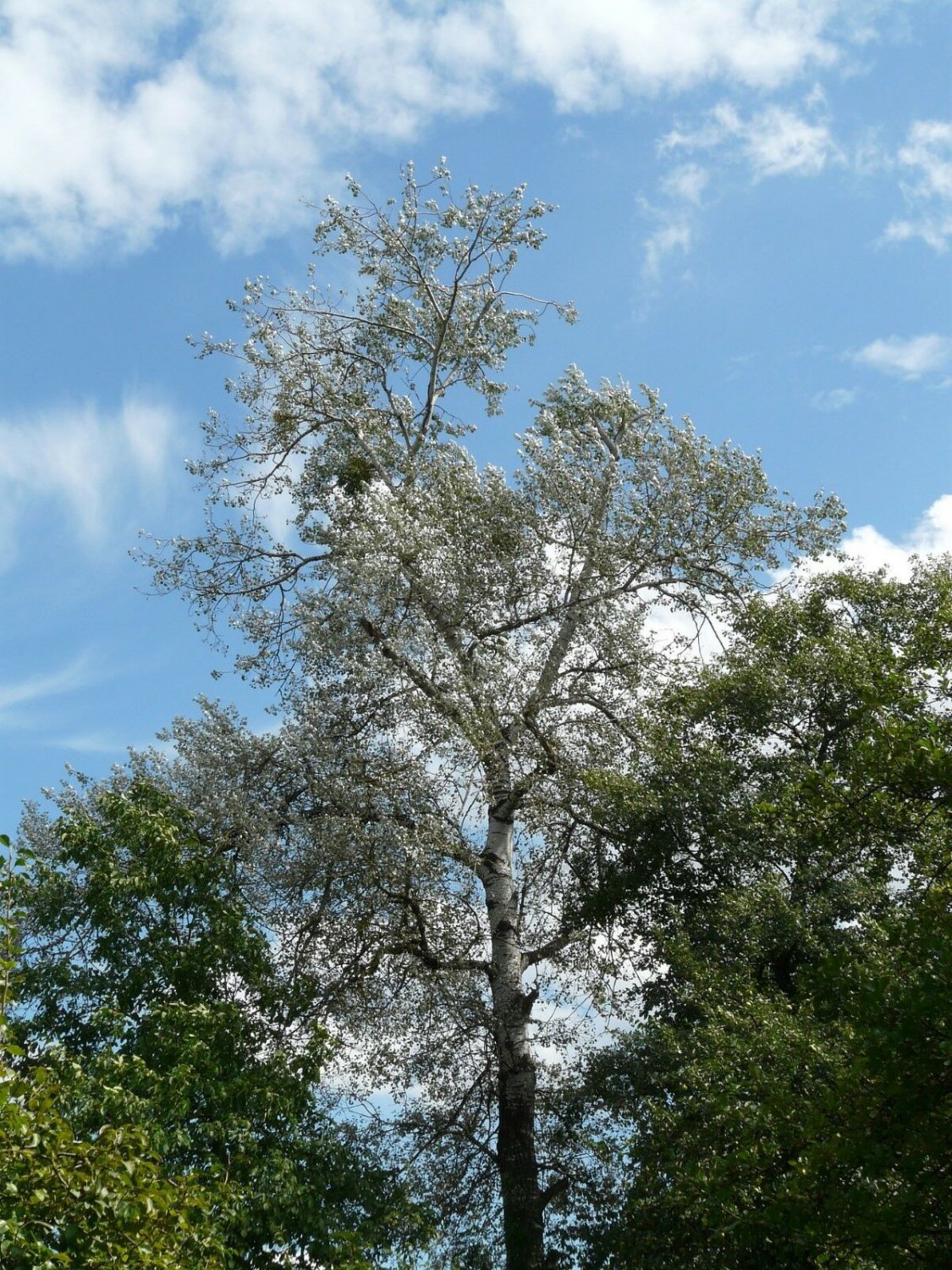
Populus alba (White Poplar) Plant
Genus: Populus. Species: P. alba. Hardiness Zone: 3 to 8. Height: 50 to 75 ft. Width: 50 to 75 ft. Common characteristics: The European white poplar is a relatively short-lived tree but will continue to hold on long past its prime. The bark is smooth and thin, creamy white to greenish-gray on younger branches and the upper trunk, often with.
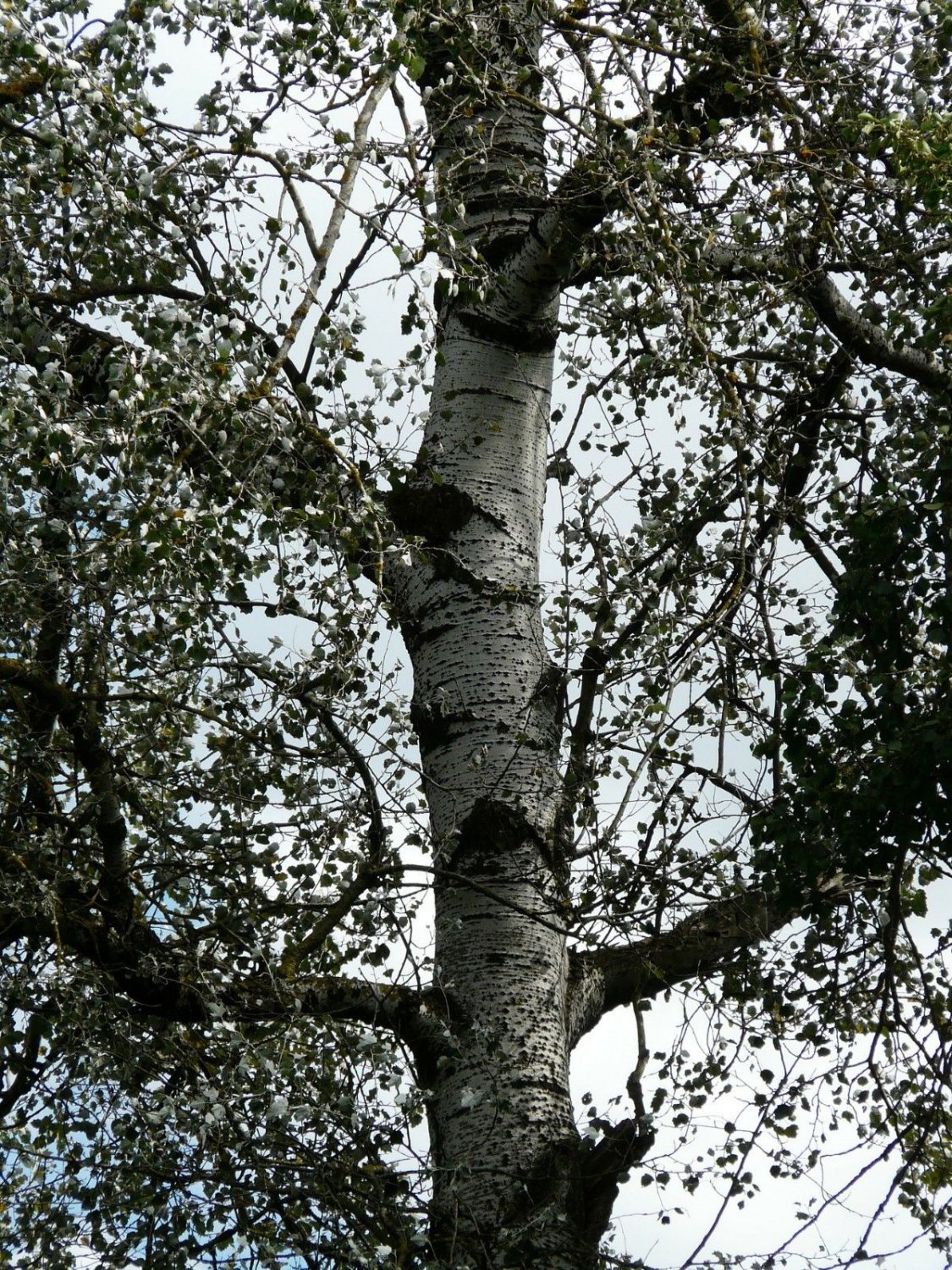
Populus alba (White Poplar) Plant
Populus alba is a deciduous Tree growing to 20 m (65ft) by 12 m (39ft) at a fast rate. See above for USDA hardiness. It is hardy to UK zone 3 and is not frost tender. It is in flower in March.

Populus alba
Populus alba Common name: White Poplar European White Poplar Silver Poplar Pronunciation: pop-U-lus AL-ba Family: Salicaceae Genus: Populus Type: Broadleaf Native to (or naturalized in) Oregon: No Deciduous, large tree, 40-70 ft (12-21 m) tall with a similar spread. Bud and twigs covered with short white hairs.

Trees Populus alba White Poplar Abele
P. alba is a spreading, deciduous tree with a broad crown, suckering freely. Rounded leaves are deeply-lobed, dark green on top and white and downy underneath. Young shoots and leaves are completely white and hairy; yellow autumn colour. In spring, male catkins are red and female, green Other common names abbey abele see more Dutch beech

Populus alba (white poplar) Go Botany
The White Poplar is botanically called Populus alba. The Tree is a deciduous tree, it will be 20 - 30 m (66 - 99 ft) high. The leaves are lobed and the flowers are greenish, red. The tree likes Sun to half-shade at the location and the soil should be sandy - loamy to loamy.

Populus alba (white poplar) Go Botany
Populus alba, or white poplar, is a large, very fast-growing deciduous tree. The young twigs and leaves are all covered in downy white hair, which can give it the impression that the tree is covered in snow. The rounded leaves are dark green on top and white and hairy underneath. They look particularly striking on a breezy day against a blue sky.

Populus alba (white poplar) Go Botany
Common name: white poplar Scientific name: Populus alba Family: Salicaceae Origin: non-native White poplar is a deciduous broadleaf tree which can grow to 20m. The bark is pale grey with lines of black diamond-shaped pores, called lenticels. Twigs are white, and young twigs have a covering of dense white hair that lasts until their second year.
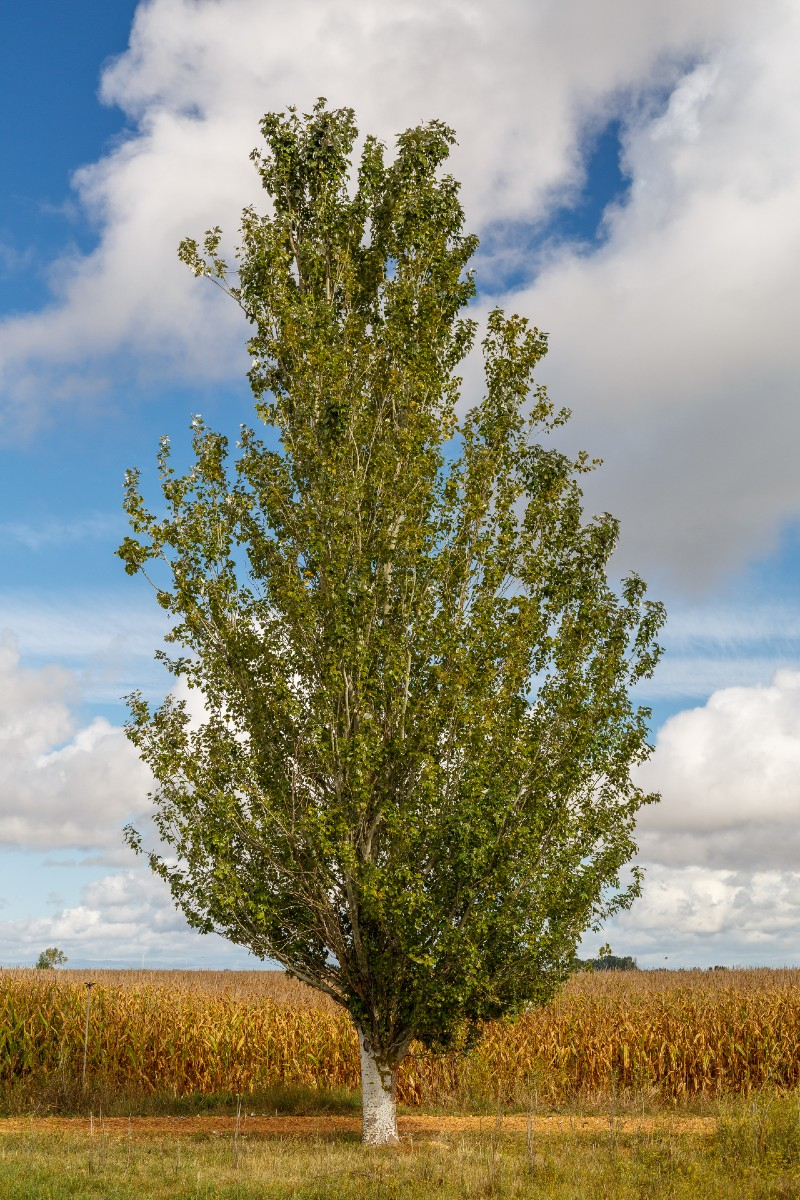
POPULUS alba 'Pyramidalis' Peuplier blanc Pépinière du Penthièvre
Fast-growing, Populus alba (White Poplar) is a wide-spreading, suckering, deciduous tree with a broad crown boasting an attractive foliage of 3-5 lobed leaves, up to 5 in. long (12 cm), lustrous dark green above and white and downy underneath.
Árboles con alma Álamo.Àlber. (Populus alba)
The white poplar also has a wide range of pH soil adaptability, thriving on soil that is slightly acidic to tolerating soil that is alkaline If you are not sure how to find out your soil pH it is easy to do. Water
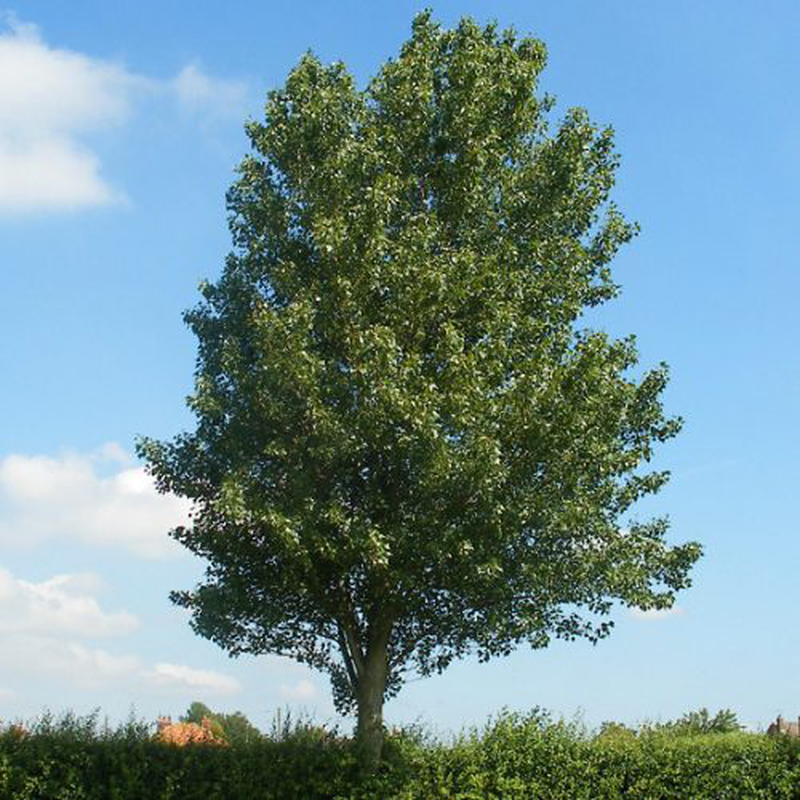
Populus alba Yougardener
Characteristics Habitat terrestrial New England state Connecticut Maine Massachusetts New Hampshire Rhode Island Vermont Growth form the plant is a tree Leaf type the leaf blade is simple (i.e., lobed or unlobed but not separated into leaflets ) Leaves per node

Populus Alba Buy White Poplar Trees White Poplar Tree
Populus alba, commonly called white popular, is primarily grown for the silvery-green hues of its foliage, buds, young twigs and young bark. Native to Europe and Asia, it was first introduced into North America in the mid-1700s.

Populus alba (white poplar) Go Botany
Scientific name: Populus alba Pronunciation: POP-yoo-lus AL-buh Common name (s): White Poplar Family: Salicaceae USDA hardiness zones: 4A through 9B (Fig. 2) Origin: not native to North America Invasive potential: invasive non-native Uses: reclamation; shade Availability: somewhat available, may have to go out of the region to find the tree
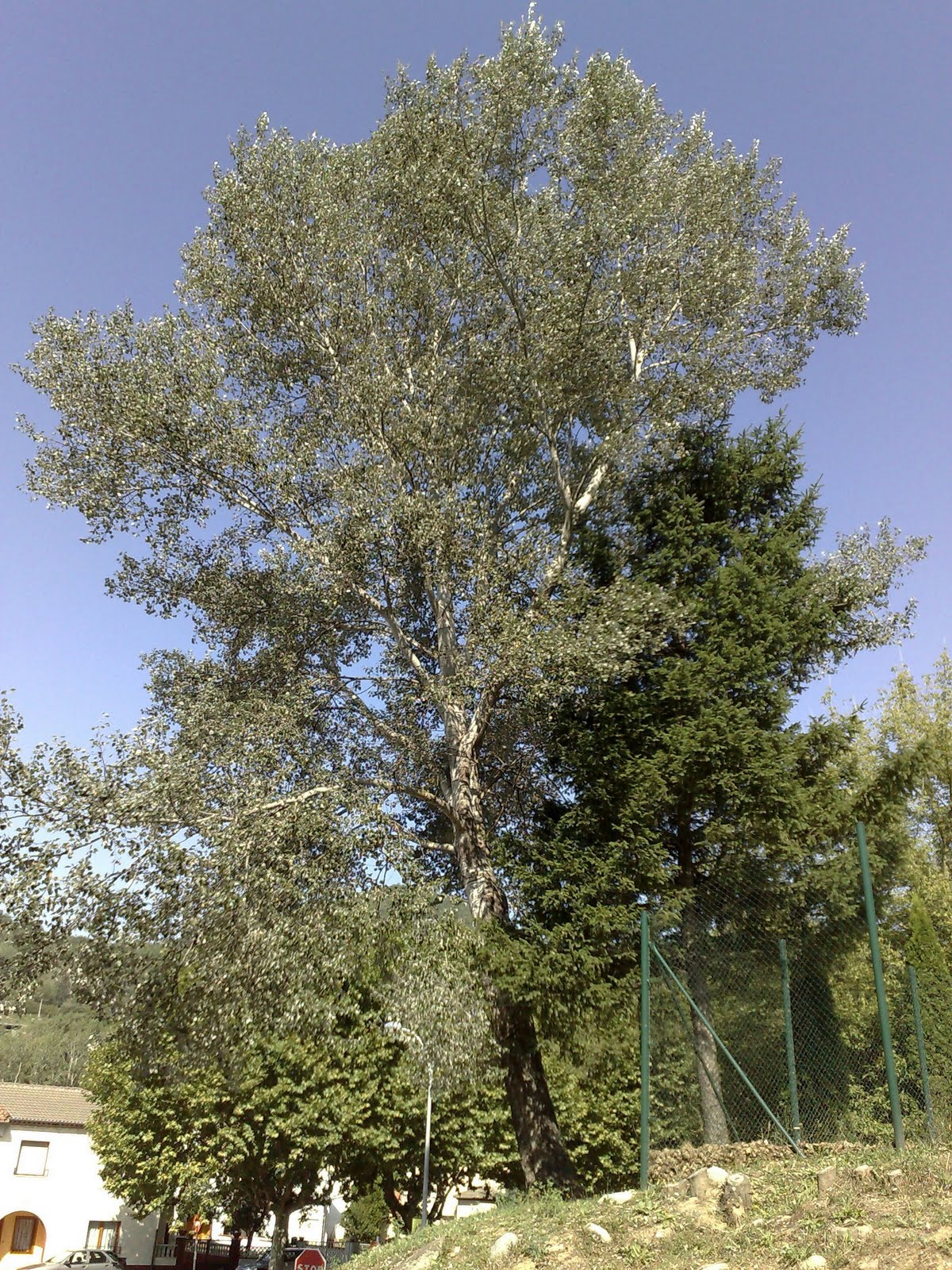
Árboles con alma Álamo.Àlber. (Populus alba)
This datasheet on Populus alba covers Identity, Overview, Associated Diseases, Pests or Pathogens, Distribution, Dispersal, Diagnosis, Biology & Ecology, Environmental Requirements, Natural Enemies, Impacts, Uses, Prevention/Control, Management, Genetics and Breeding, Economics, Further Information. Identity Preferred Scientific Name
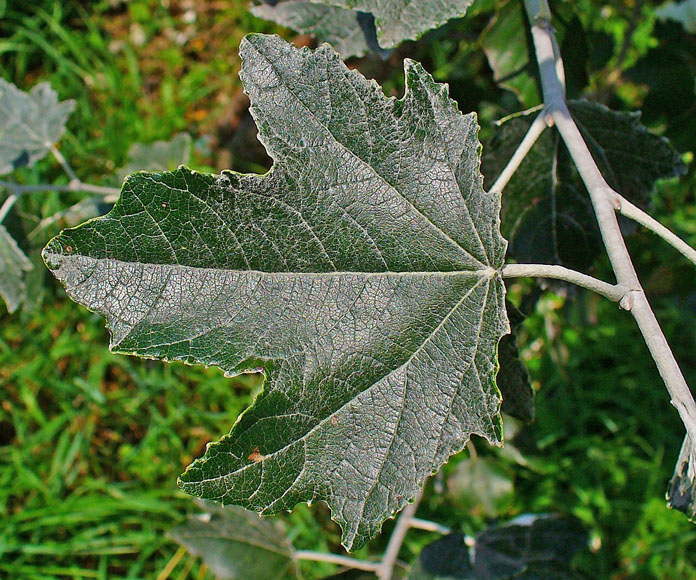
Populus alba European forest resources programme
Populus alba, commonly called abele, silver poplar, silverleaf poplar, or white poplar, is a species of poplar, most closely related to the aspens (Populus sect. Populus). It is native to Morocco and the Iberian Peninsula through central Europe (north to Germany and Poland) to central Asia. It grows in moist sites, often by watersides, in regions with hot summers and cold to mild winters.